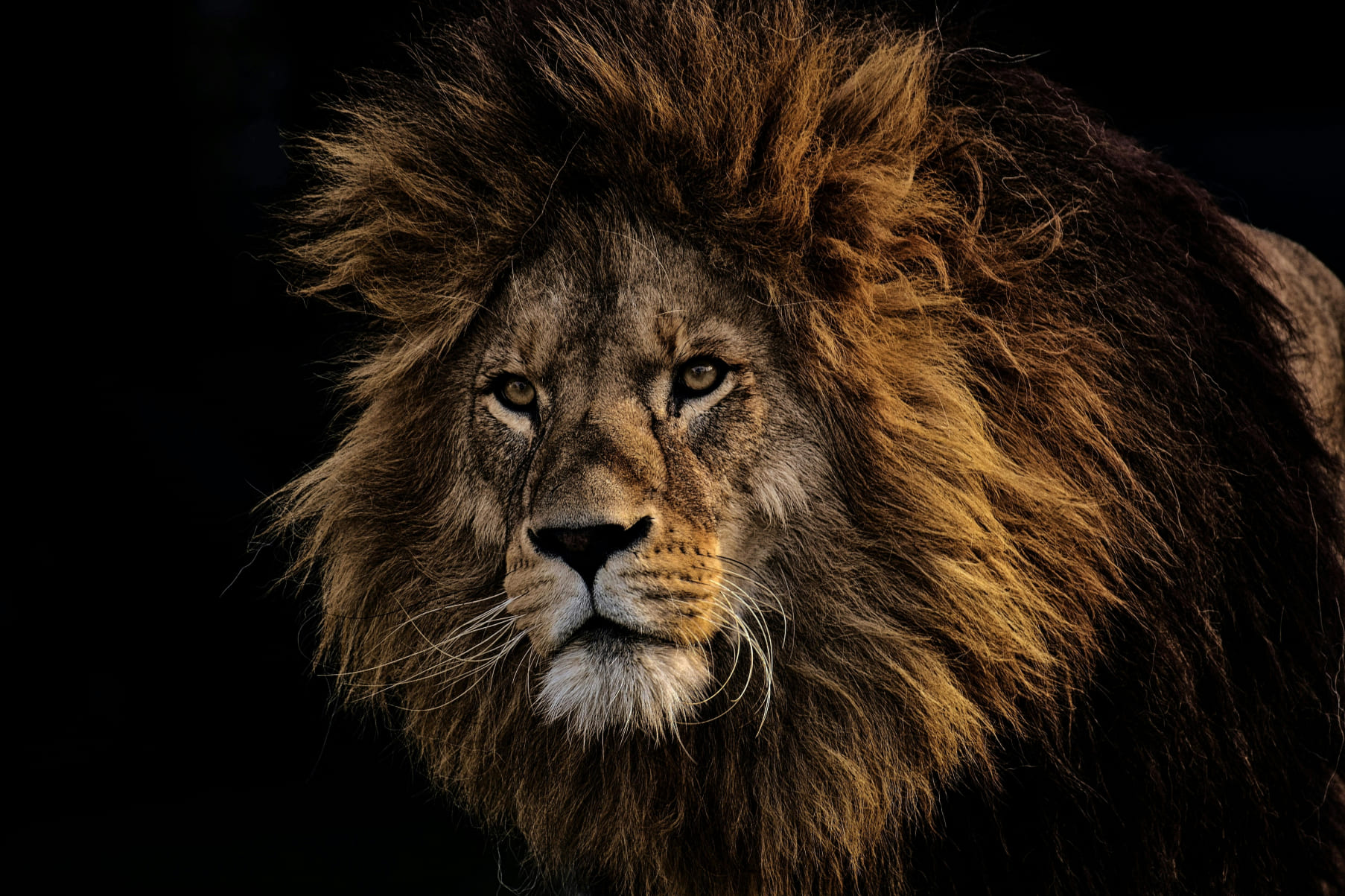Many species undertake long migrations to find food, mate, or escape harsh climates. Birds, fish, and mammals all follow specific migration routes, traveling thousands of kilometers to ensure their survival during seasonal changes.
Contact
- +31629731290
- [email protected]
- 25 Dudhara Madghia Pradesh 481445 India













